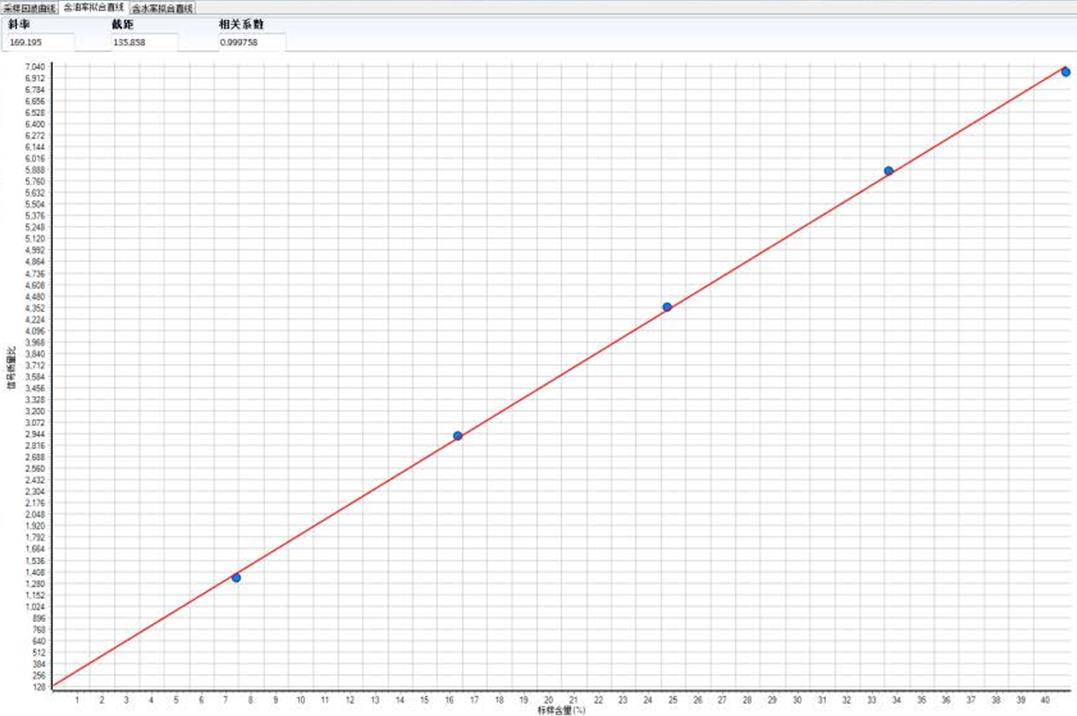Contenido de flúor en pasta dental con flúor probado mediante RMN de campo bajo
Fluoride Toothpaste
Fluoride toothpaste refers to toothpaste that contains fluoride. Scientists have found that fluoride can effectively prevent dental caries and enhance the ability of teeth to resist caries. For children, especially children under 6 years old, due to poor swallowing reflex, attention should be paid to prevent excessive fluoride intake.
Fluorine Content Effects Fluoride Toothpaste
1. Directly inhibit the bacteria of dental plaque: Fluorine has an inhibitory effect on acid-producing bacteria. It can inhibit the storage of intracellular polysaccharide of Streptococcus cariogenicum, affecting the growth and reproduction of bacteria; inhibit the synthesis of extracellular polysaccharide by Streptococcus cariogenicum, and reduce the adhesion of bacteria and plaque on the tooth surface.
2. The effect of fluoride on tooth enamel: The dental pellicle is the basis for bacteria to attach to the tooth surface, and fluorine plays an important role in inhibiting the formation of dental pellicle and the growth of plaque. The exchange of fluoride ions with hydroxide ions in enamel hydroxyapatite to form fluorapatite will enhance the structure of enamel, reduce solubility, and enhance anti-caries ability.
3. Promotes mineralization: Promotes remineralization of enamel that has been demineralized at the beginning of caries.
Fluorine Content Tested by Niumag NMR
Fluorine content can be measured quickly and accurately using low-field NMR, independent of fluoride compounds and toothpaste formulations. The method is fast, easy to operate and calibrate, and requires no additional sample preparation and can be used without training. The speed and simplicity of NMR makes it the leading method for fluorine content testing in manufacturing, product development and quality control.
Fluorine Content Measurement by NMR
El método de RMN se basa en la relación lineal entre el contenido de núcleos de flúor en la muestra y la intensidad de la señal de RMN.. La amplitud de la señal de RMN es proporcional a la masa de flúor soluble., y a través de esta relación lineal, el contenido de flúor de la muestra a analizar se puede detectar rápidamente.
Since solid or insoluble fluorine signals decay very quickly, such as in calcium fluoride (CaF2) or magnesium fluoride (MgF2), only soluble fluorine is detected in the NMR signal. La medición se realizó utilizando una secuencia de eco de espín.. Cifra 1 shows the spin echo sequence and the detected NMR signal. La desintegración por inducción libre (DEFENSOR) La señal de RMN se midió en t1 después del pulso de RF de 90 grados.. At this point the signal intensity (A1) is the sum of the soluble and insoluble fluorine signals in the sample. Después del pulso de 180 grados, la amplitud de la señal de eco de espín detectada es A2. En este momento, the signal of insoluble fluorine has been attenuated to 0, and A2 is only the signal intensity of soluble fluorine. Por lo tanto, the signal intensity A2 is proportional to the fluorine content of the sample.
 mohoso
mohoso


